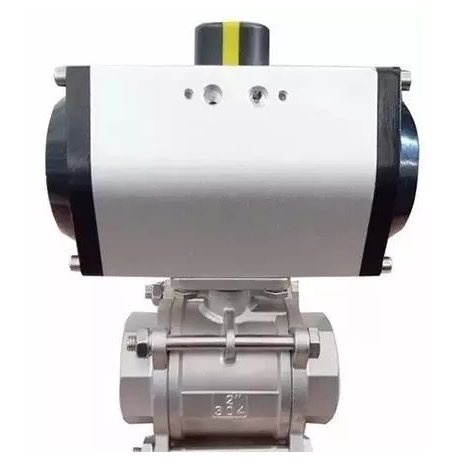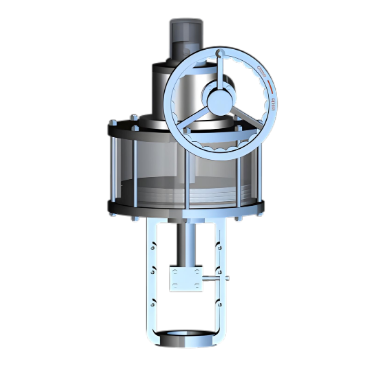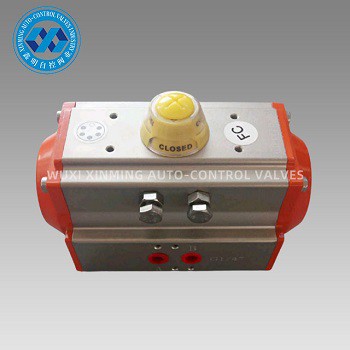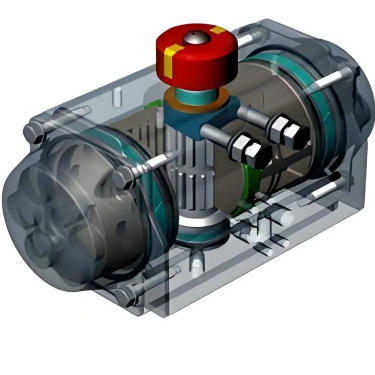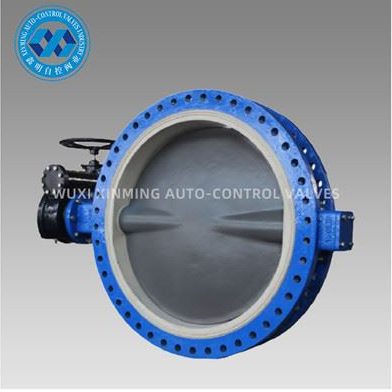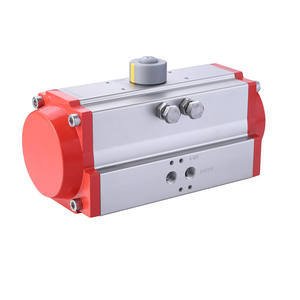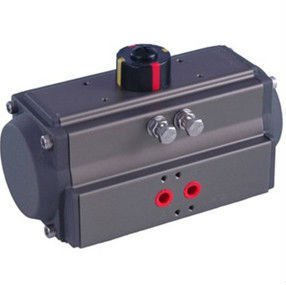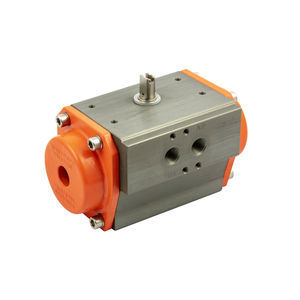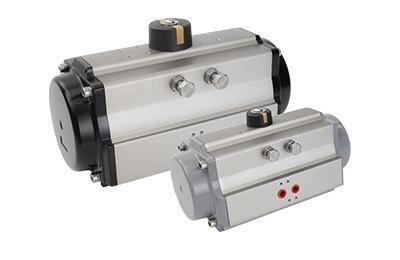Rotary pneumatic actuators may encounter
several common faults. One frequent issue is air leakage. This can occur due to
worn - out seals, damaged tubing, or loose connections. Air leakage leads to
reduced actuator performance, slower response times, and increased energy
consumption.
Another common fault is mechanical failure.
Components such as gears, shafts, and bearings can wear out over time, causing
rough operation, excessive noise, or even complete actuator failure. Improper
lubrication or contamination can accelerate this wear.
Electrical problems can also arise,
especially in actuators with position - sensing or control electronics. Faulty
sensors, damaged wiring, or malfunctioning control boards can result in
incorrect position feedback or loss of control.
In addition, issues with the pneumatic
supply can affect the actuator. Dirty or wet air can clog valves and orifices,
while insufficient air pressure can prevent the actuator from generating enough
torque to perform its intended task. Regular maintenance, including inspection
of seals, lubrication of mechanical parts, and checking of the pneumatic and
electrical systems, can help prevent and address these common faults.
If you want to learn more about low-priced products, please visit the following website: www.xm-valveactuator.com


